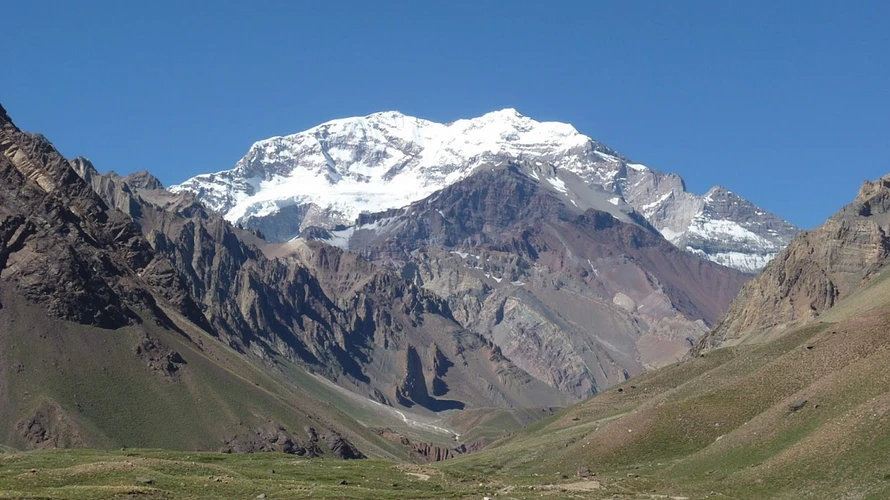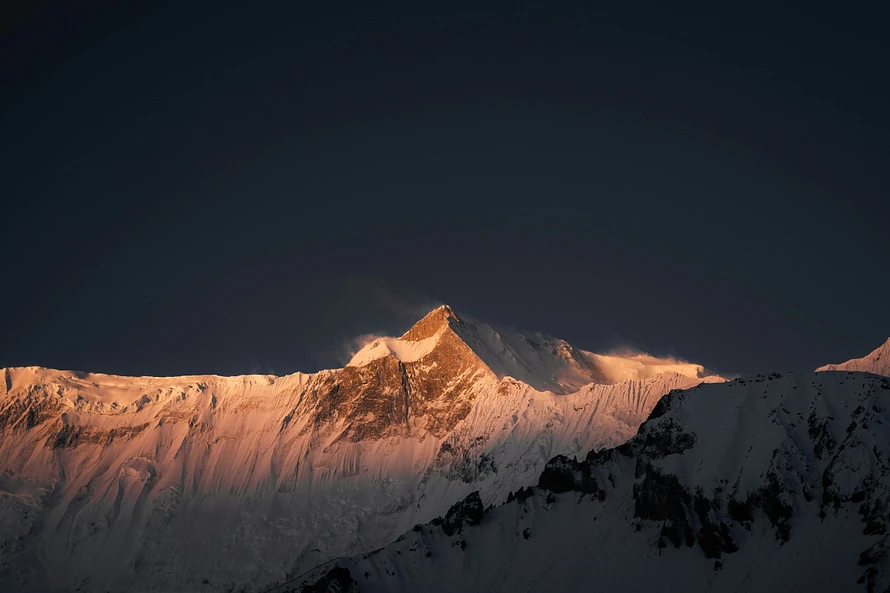Aconcagua: The Roof of the Americas
Standing at 6,961 meters (22,838 feet), Aconcagua is the tallest peak in the Western Hemisphere and the highest mountain outside Asia. Located in the Andes mountain range in Argentina, it is one of the famed Seven Summits, the highest peaks on each continent.
Aconcagua attracts climbers from around the world due to its formidable height and relatively non-technical ascent. Unlike Everest or Denali, it does not require advanced mountaineering skills, making it one of the more accessible of the Seven Summits. However, the extreme altitude, harsh winds, and frigid temperatures pose significant challenges. Climbers must endure rapid weather changes and oxygen depletion as they ascend its slopes.
The mountain is part of Aconcagua Provincial Park, a protected area that preserves its rugged beauty. The standard route, known as the Normal Route, follows a long trek up rocky terrain and glacier-covered slopes, while more technical routes, such as the Polish Glacier route, demand advanced ice climbing skills.
Aconcagua’s name is believed to derive from the Quechua language, meaning “Stone Sentinel.” Indigenous peoples have long revered the mountain, with Inca ruins and burial sites found on its slopes. Today, it continues to be a powerful symbol of natural grandeur and human endurance.
As climate change alters the world’s mountain landscapes, Aconcagua is no exception. Shrinking glaciers and unpredictable weather patterns challenge climbers and scientists alike. Despite these changes, the mountain remains an iconic destination for adventurers seeking to stand atop South America’s highest peak.
Whether viewed from the valleys below or from its summit, Aconcagua is a breathtaking reminder of the power and majesty of the natural world.

